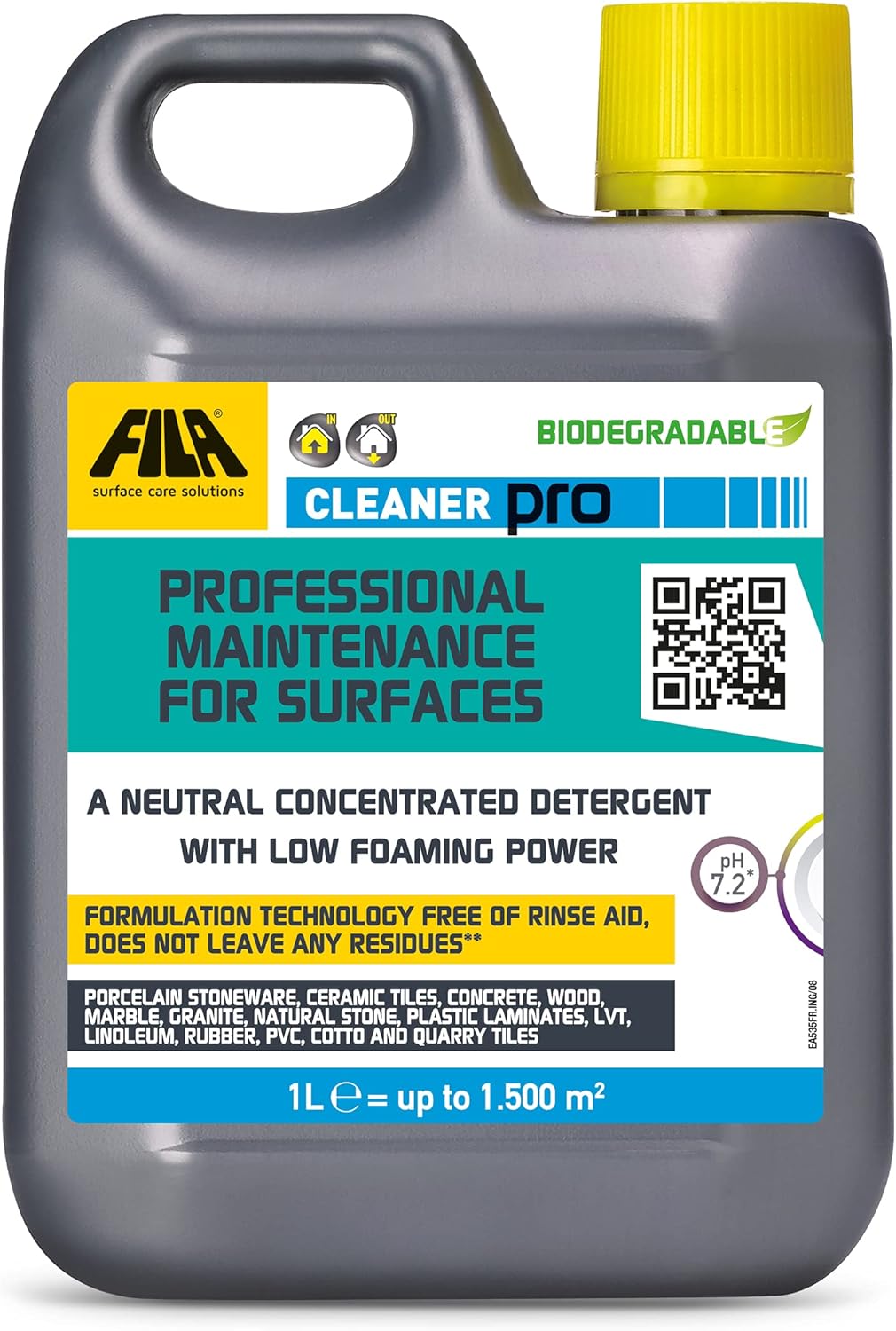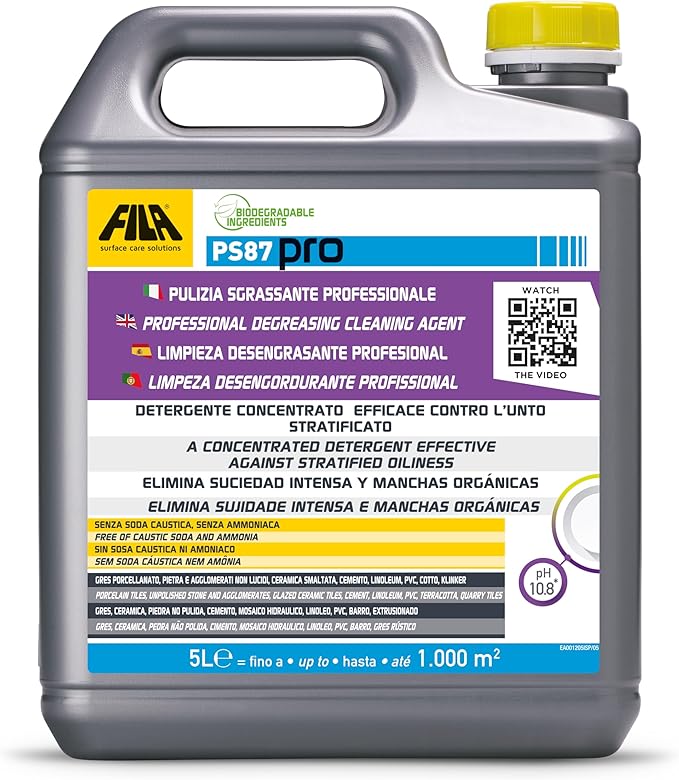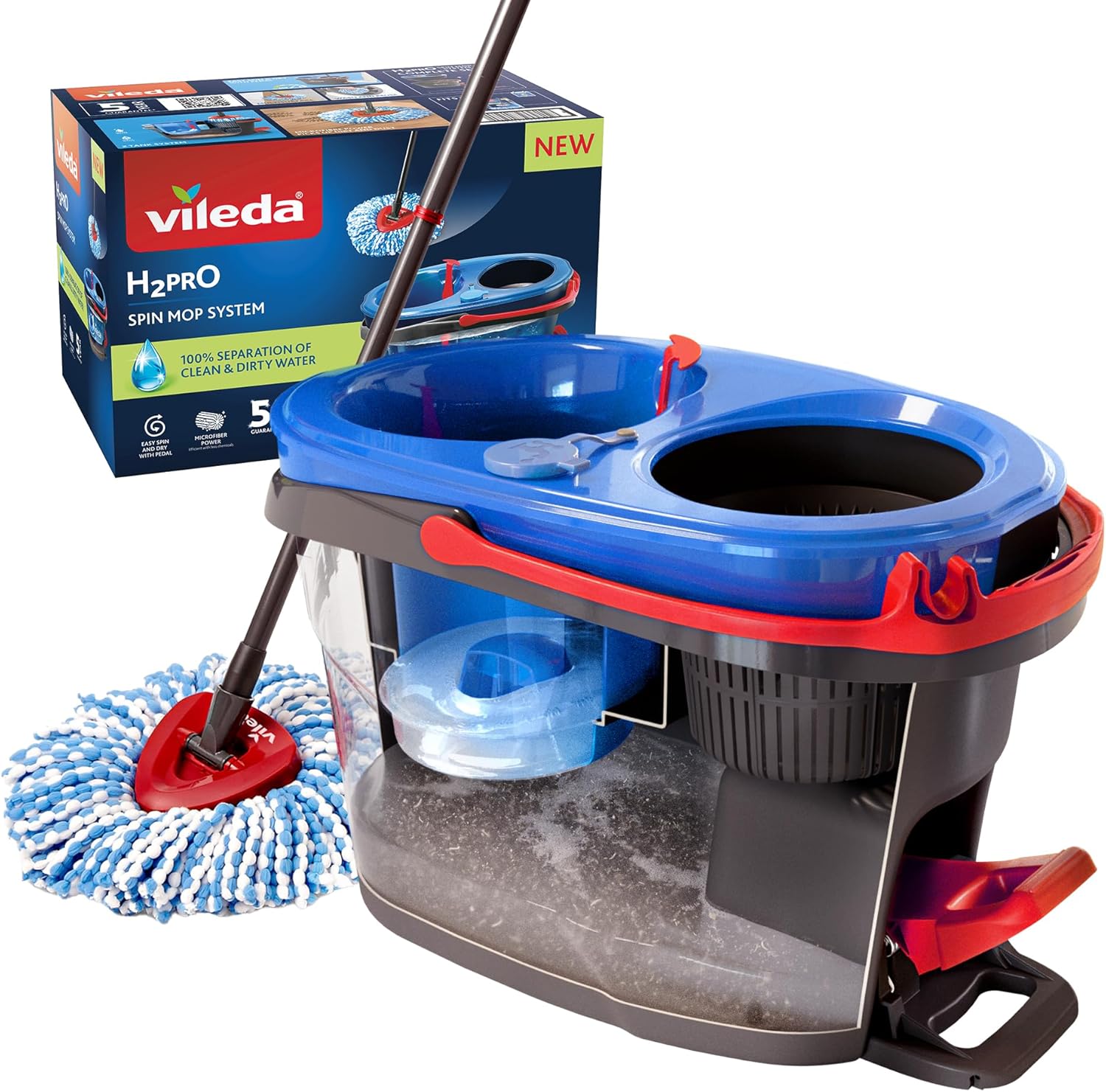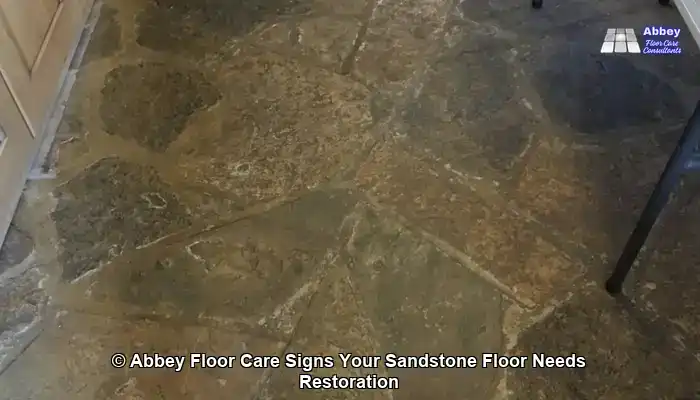
Last Updated on November 14, 2025 by David
Mastering the Art of Sandstone Floor Restoration for Highclere Homes
- Understand the Unique Properties of Sandstone: The distinctive porosity of sandstone requires the implementation of gentle, stone-safe cleaning methods to prevent etching and erosion that could jeopardise its surface integrity and longevity.
- Adopt pH-Neutral Cleaners for Regular Maintenance: Utilising pH-neutral cleaners is crucial for ongoing upkeep, while alkaline solutions can effectively tackle deeper soil issues—always remember to rinse thoroughly and reseal afterwards for optimal results.
- Select Topical Sealers for Enhanced Protection: Properly maintained topical sealers not only accentuate colour but also provide a protective barrier, particularly beneficial in regions subjected to high foot traffic or decorative elements.
- Grasp the Complete Sandstone Restoration Process: The restoration of sandstone necessitates meticulous surface preparation, safe agitation techniques, and residue-free rinsing, followed by sealing to safeguard against future staining and wear.
- Commit to Consistent Maintenance Practices: Regular maintenance using soft tools and prompt responses to spills can significantly preserve the finish and reduce the need for intensive cleaning sessions.
What Sets Sandstone Apart from Other Stone Types?
Exploring the Structure and Porosity of Sandstone
Sandstone is classified as a sedimentary stone formed from compacted sand and various mineral fragments. This natural porosity allows it to absorb moisture and stains if not adequately sealed. The surface of sandstone floors can showcase varying textures, ranging from smooth to rough, contingent on the finishing methods applied. Regardless of the appearance, all sandstone surfaces necessitate gentle, stone-safe care to maintain their structural integrity and significantly prolong their lifespan.
Spotting Common Issues in Highclere Homes
Within Highclere and its neighbouring areas, sandstone floors are commonplace in historic buildings and period-style homes. Over time, these surfaces endure degradation due to foot traffic, exposure to cleaning chemicals, and seasonal moisture, leading to surface damage, uneven discolouration, and a significant reduction of sealant effectiveness. Given that sandstone is softer compared to granite or slate, it is particularly susceptible to erosion, making regular maintenance vital for preserving both its aesthetic appeal and functionality.
Expert Recommendations: Optimal Products for Daily Sandstone Floor Care

Fila Pro Floor Cleaner
|

FILA PS87 PRO
|

Vileda H2PrO Spin Mop System
|
What Signs Indicate That Your Sandstone Floor Requires Restoration?

How to Identify Signs of Surface Wear and Discolouration
Over time, sandstone floors can diminish in vibrancy and texture due to foot traffic, cleaning residues, and prolonged exposure to moisture. If the surface appears patchy, dull, or uneven, it indicates a likely loss of the protective layer, allowing the stone to absorb dirt and liquids more readily. Prompt intervention becomes essential to restore the floor’s original beauty and prevent further deterioration, which could result in costly repairs if left unchecked.
How to Detect the Loss of Sealant Protection
As the protective sealant deteriorates, sandstone becomes increasingly porous and susceptible to staining. You may observe that water no longer beads on the surface but instead soaks in, indicating that the floor lacks adequate protection. This scenario necessitates resealing as part of the restoration process to ensure the longevity and durability of your sandstone flooring, safeguarding it against future damage.
What Indicators Suggest Slippery or Uneven Textures?
Sandstone should feel stable and consistent underfoot. If specific areas become slippery, powdery, or rough, this could arise from surface erosion or residue buildup. Such changes often signal that the floor requires deep cleaning and resealing to restore safety and aesthetic appeal, ensuring your home remains a secure and inviting environment for all who enter.
How to Choose the Most Effective Cleaning Method for Sandstone

When Are pH-Neutral Cleaners Sufficient for Maintenance?
For lightly soiled sandstone floors, utilising a pH-neutral cleaner typically suffices. These products effectively lift surface dirt without compromising the stone’s mineral structure or existing sealant. They are ideal for routine maintenance and can be safely applied to both sealed and unsealed sandstone, provided the soil load remains minimal. Incorporating this cleaning routine can significantly extend the lifespan of your flooring and maintain its natural beauty.
How to Effectively Use Alkaline Cleaners for Heavy Soil Removal
In instances where sandstone has absorbed oils, grime, or organic residues—particularly in kitchens or entryways—a more potent alkaline cleaner may be necessary. These solutions emulsify trapped soils and assist in lifting them from the porous surface. However, thorough rinsing is essential to avoid residue buildup that can dull the finish. If the cleaner mandates an extended dwell time, resealing the floor afterwards is advisable to restore protection and prevent future staining.
Why Is It Important to Avoid Acidic or Abrasive Cleaning Products?
Acidic cleaners, including vinegar and limescale removers, can etch sandstone, causing irreversible damage. Similarly, abrasive powders and stiff brushes can scratch the surface or wear down softer areas. Always opt for stone-safe products and tools that effectively clean without compromising the floor’s integrity or aesthetic appeal.
Your Comprehensive Guide to Sandstone Floor Restoration
Effectively Preparing the Surface and Removing Dust
Begin by clearing the area and removing loose debris with a soft-bristle broom or a vacuum set to hard-floor mode. Avoid dragging furniture or using metal-edged tools, as these can scratch or chip the stone surface. If the floor has old polish or residue, consider employing a stone-safe stripper before cleaning to guarantee a thorough restoration and optimal results.
How to Safely Apply Cleaner and Agitate
Select an appropriate cleaner based on the level of soil present. For general grime, a pH-neutral solution is ideal. For significant contamination, opt for an alkaline cleaner diluted according to the label instructions. Apply the solution evenly and let it sit for 5 to 15 minutes. Gently agitate with a white pad or soft brush to lift embedded dirt while preventing damage to the surface.
How to Rinse and Dry Without Leaving Residue
Thoroughly rinse with clean water, using a wet vacuum or multiple mop passes to eliminate all residues. Leftover cleaner can leave streaks or dull the finish. After rinsing, allow the floor to dry completely before determining if sealing or polishing is necessary. A dry microfiber mop can expedite the drying process and help prevent water spots from forming.
Sealing Sandstone Floors for Lasting Protection and Care
Understanding Impregnating vs. Topical Sealers
Impregnating sealers penetrate the sandstone surface, providing internal protection by offering invisible resistance to moisture and stains. These are ideal for homeowners who prefer a natural, matte finish. Conversely, topical sealers create a protective layer on the surface, which can enhance colour or produce a satin or glossy sheen. With proper maintenance and reapplication, topical sealers are an excellent choice for high-traffic areas or decorative finishes.
What Is the Correct Technique for Applying Sealer?
Before applying the sealer, ensure the floor is pristine and completely dry. Use a lint-free cloth, sponge, or applicator pad to apply the sealer evenly. Work in small sections and allow the product to absorb for the recommended time. Wipe away any excess to prevent streaks or residue. Some sealers may require a second coat, especially on more porous or weathered stone, to ensure maximum protection and efficacy.
How Frequently Should You Reseal Your Sandstone Floor?
Most sandstone floors benefit from resealing every 2 to 4 years, contingent on foot traffic and moisture exposure. In kitchens, hallways, or entryways, resealing may need to occur more frequently. Conduct a simple water-drop test: if water soaks in instead of beading, it’s time to reseal. Regular inspections help maintain the floor’s protective properties and facilitate easier cleaning, ensuring its longevity.
Improving the Aesthetics and Safety of Your Sandstone Flooring
What Are the Advantages of Colour-Enhancing Sealers?
If your sandstone floor appears faded or washed out, a colour-enhancing sealer can deepen its natural tones and showcase the stone’s unique character. These sealers impart a slight darkening effect and highlight the variations in grain and mineral content. They work particularly well on weathered or pale sandstone but should only be applied after thorough cleaning and adequate drying to ensure optimal results.
How to Increase Slip Resistance on Sandstone Floors
In moisture-prone areas—such as kitchens, bathrooms, or entryways—slip resistance is a significant safety concern. Some sealers contain anti-slip additives, or you may apply a separate non-slip treatment over the sealed surface. Always conduct a test in a small area first to ensure the finish remains visually appealing and easy to maintain, enhancing safety without compromising aesthetics.
Exploring Buffing and Polishing Techniques for Sandstone
While sandstone does not typically achieve the high gloss of marble, light buffing with a soft pad can enhance its appearance and feel underfoot. For a subtle sheen, use a stone-safe polishing compound designed for honed finishes. Avoid wax-based products, as they can trap dirt and create uneven shine over time, ensuring your floor retains a consistent and attractive look.
Effective Maintenance Strategies for Highclere Homes
Establishing Weekly and Monthly Care Routines
To keep sandstone floors in pristine condition, regularly dry mop with a microfiber pad to remove dust and grit. For weekly cleaning, utilise a diluted pH-neutral cleaner and be cautious to avoid saturating the floor. Monthly, inspect high-traffic areas for wear and reapply cleaner as necessary. Excessive moisture can weaken sealants over time and diminish the floor’s durability, so proactive care is essential.
Identifying the Best Tools for Ongoing Care
Flat microfiber mops are ideal for sandstone because they effectively capture fine particles without scratching the surface. Avoid sponge mops, as they can inadvertently push dirt into the stone’s pores. For larger areas, consider a spray mop with refillable cartridges that allow for controlled application of stone-safe solutions. Always rinse mop heads thoroughly after use to prevent residue accumulation, guaranteeing deep cleaning without damaging the floor.
How to Quickly Address Spills and Stains
Immediately blot spills with a soft cloth or paper towel. Avoid rubbing the area, as this can cause the stain to spread further. For oily or pigmented spills, apply a small amount of stone-safe cleaner and rinse with clean water. If a stain persists, utilise a baking soda and water poultice, but ensure to test in a small area first to confirm it won’t affect the finish. Timely intervention is critical to prevent permanent marks, keeping the floor looking fresh and inviting.
Common Questions Regarding Sandstone Floor Restoration
Can I Safely Use Steam Cleaners on Sandstone Floors?
It is advisable to avoid steam cleaners on sandstone. The high heat and moisture can weaken sealants and push water deep into the stone’s pores, potentially causing lasting damage. Stick to stone-safe liquid cleaners and gentle agitation for effective deep cleaning to uphold the integrity of your flooring.
What Should I Do If My Floor Is Already Damaged?
If your sandstone floor shows signs of deep stains, scratches, or surface erosion, cleaning alone may not suffice. In such cases, professional honing or resurfacing might be necessary to restore the stone’s appearance. Upon completing repairs, sealing helps prevent future damage and simplifies maintenance, ensuring your flooring remains both durable and visually appealing.
How Long Can I Expect the Results of Restoration to Last?
With proper sealing and maintenance, a restored sandstone floor can remain in excellent condition for several years. Areas with considerable traffic may require touch-ups or resealing every 2 to 3 years, while less-trafficked regions may endure longer. Routine care extends the time between significant restorations, saving you both time and effort in the long run.
The Article How to Restore Sandstone Floors in Highclere Homes first found on https://www.abbeyfloorcare.co.uk
The Article Restore Sandstone Floors in Highclere Homes Effectively appeared first on https://fabritec.org
The Article Effectively Restore Sandstone Floors in Highclere Homes Was Found On https://limitsofstrategy.com
The Article Restore Sandstone Floors Effectively in Highclere Homes found first on https://electroquench.com

